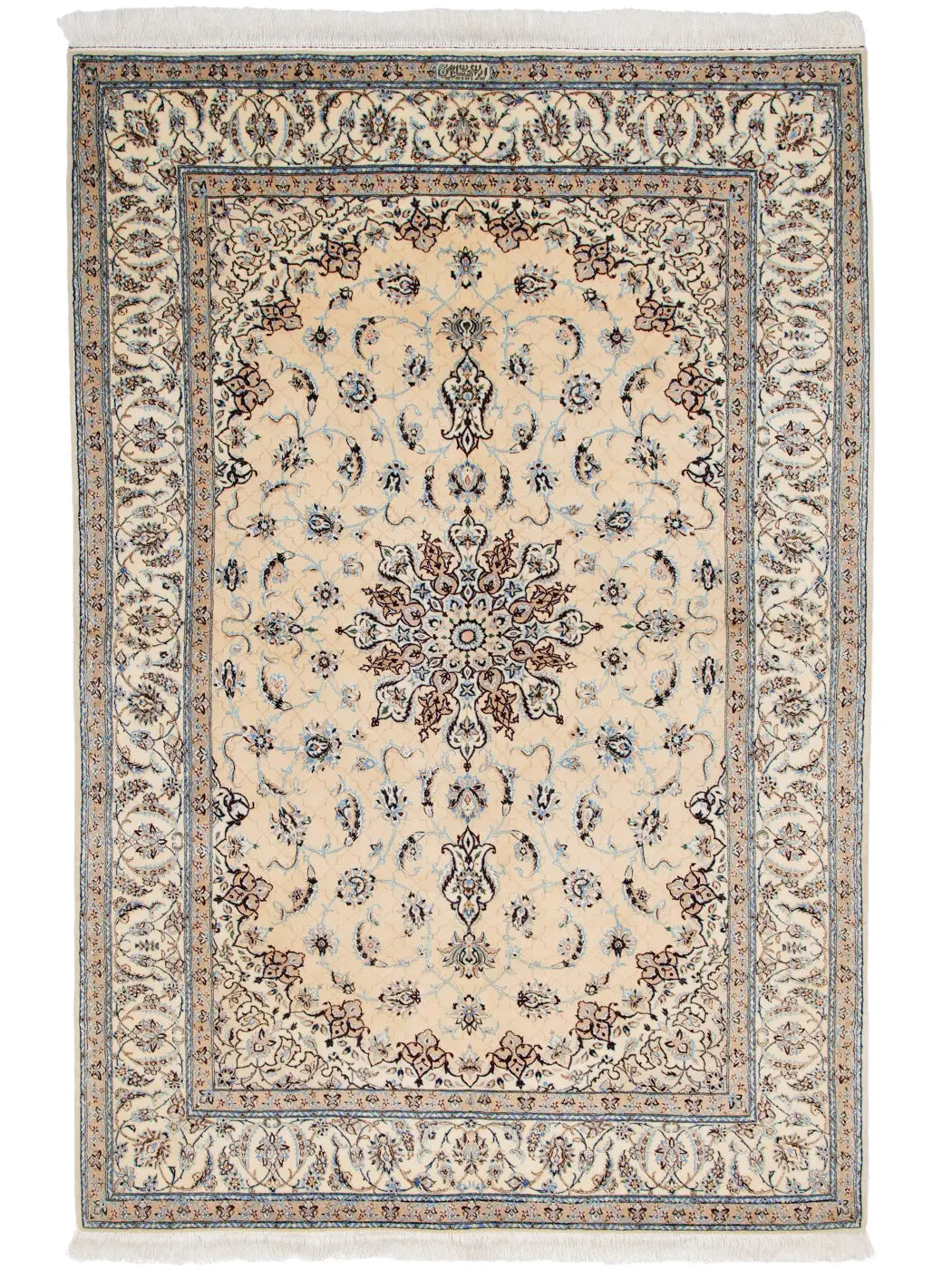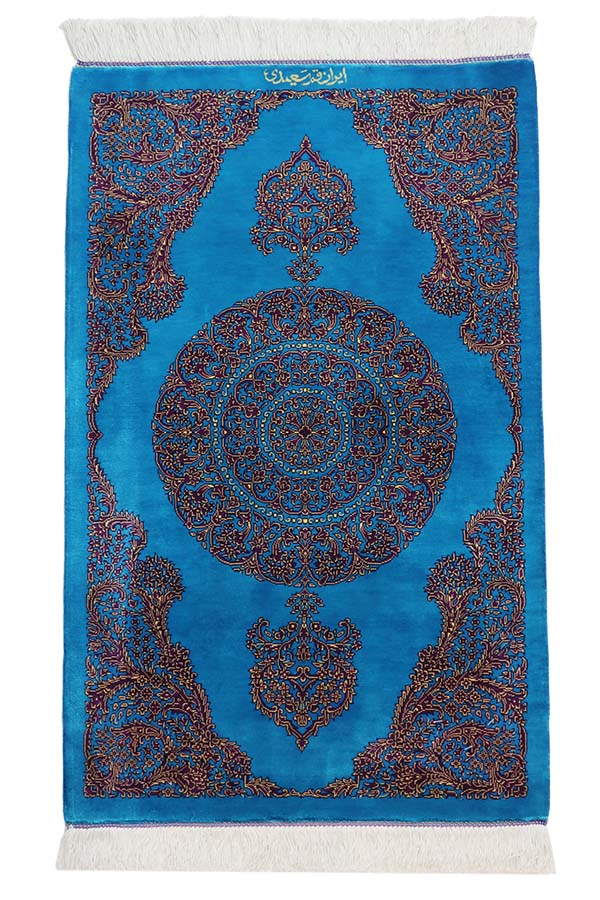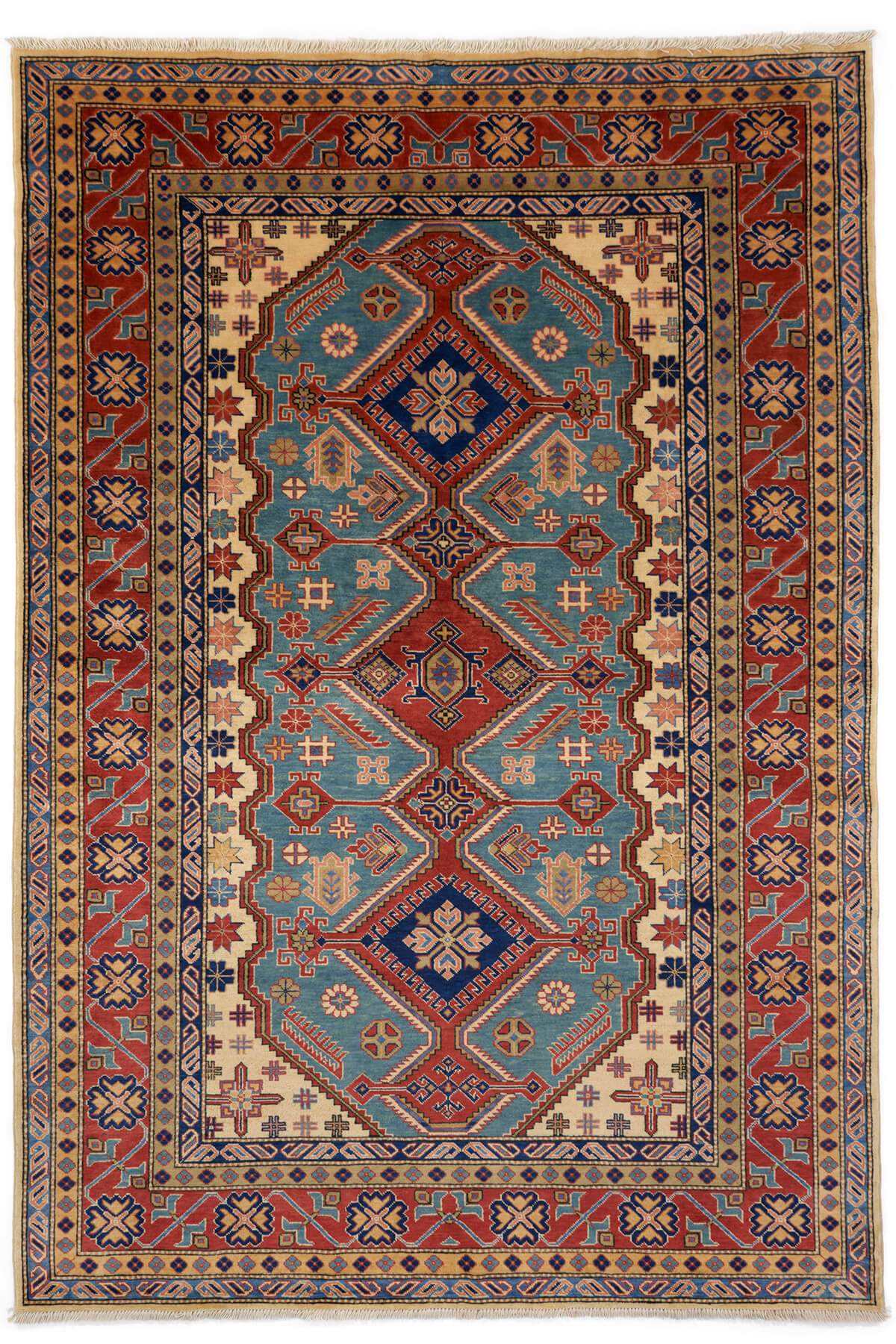Gabbehs tend to be all lumped together, but they are actually divided into several ranks (grades) based on the fineness of the weaving and the intricacy of the design.
A high-quality Gabbeh is a carpet that is very densely woven (finely woven), made from high-quality wool, and hand-woven by skilled craftsmen in Iran. The finer the weave, the more intricate the pattern, resulting in a beautiful luster and smooth texture. The particularly finely woven "Kashkuri" is ranked as the highest grade among Gabbehs.
Gabbehs are classified according to the density of the weave, in the following order: "Regular Gabbeh" < "Amaré" < "Kashkuri". The higher the density of the weave, the more knots there are, and the more intricate patterns can be woven into them. For example, Kashkuri is woven two to three times finer than regular Gabbeh, and is intricately finished using a single thin thread. The finer the weave, the longer it takes to make, and the higher the price, and the more densely woven the carpet is, the higher its quality is evaluated to be.
Gabbehs are made from 100% natural wool and dyed with traditional vegetable dyes. The finest products are made from high-quality Iranian native wool yarn, which gives them a lustrous and durable look. The vegetable dyed colors have a depth that cannot be achieved with chemical dyes, and are said to be resistant to fading even after years of use.
Genuine gabbehs are hand-woven using traditional techniques by nomadic people such as the Qashqai people of southern Iran. As artisans weave each thread individually while tying knots, it is extremely time-consuming, but as a result, they are less likely to fray and are durable and long-lasting. In recent years, imitations of "copy gabbehs" have been distributed in India, China, and other countries, but these are mass-produced products woven by machines or simple hand looms and do not match the quality of the original. Iranian gabbehs woven using traditional techniques are considered to be truly valuable masterpieces.









